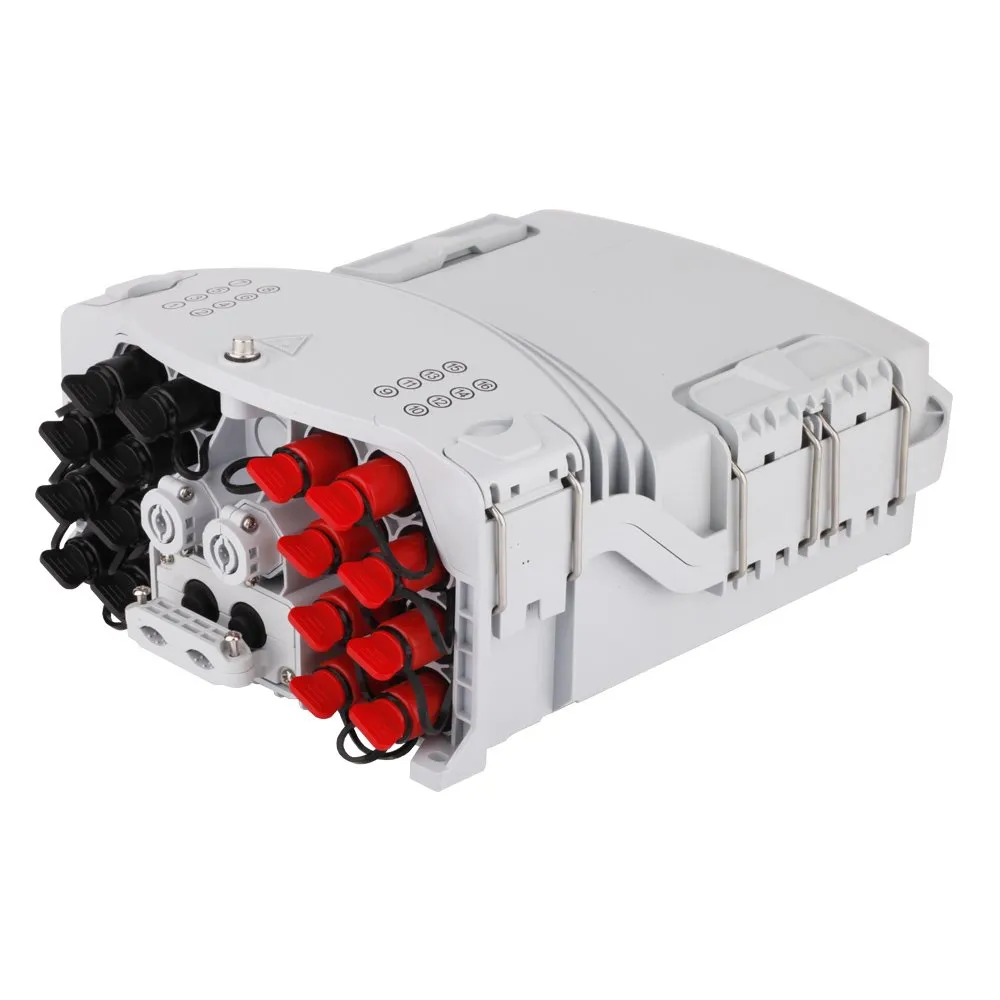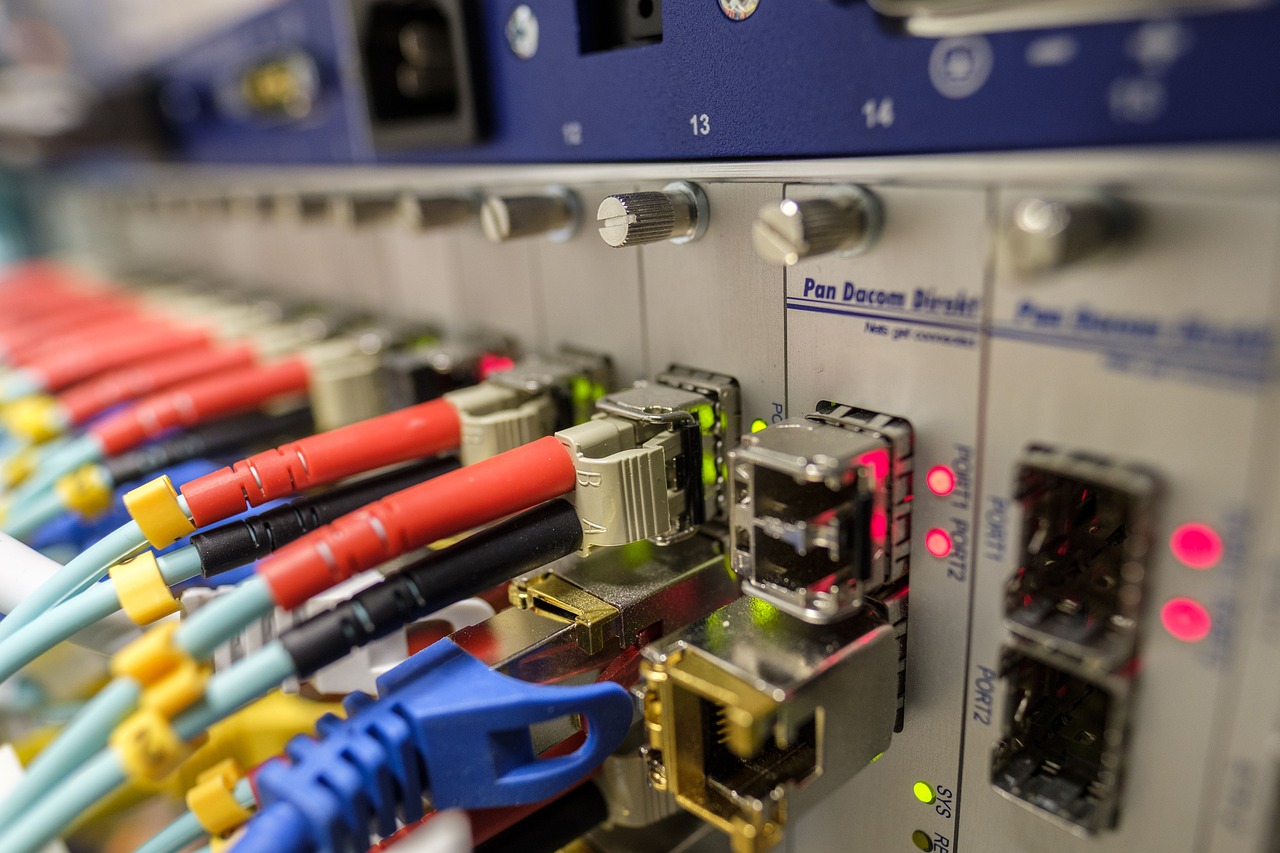FTTH Fiber Termination Boxes vs. Traditional Outdoor Cable Termination Methods

Understanding Fiber Optic Technology and FTTX
Fiber optic technology has revolutionized the way data is transmitted, offering high-speed connectivity and reliability.
Basics of Fiber Optic Communication
Fiber optic communication involves the transmission of information using fiber optic cables. What makes fiber optics different from traditional copper wiring is its use of light pulses to carry data. This enables fiber optic cables to transmit data over longer distances with minimal signal loss, making them ideal for long-haul communication networks.
Key Terms: Fiber Optic, FTTX
Introduction to FTTX and Its Importance
FTTX stands for "Fiber to the X," where X can refer to various locations such as home (FTTH), curb (FTTC), or building (FTTB). The deployment of FTTX is a game-changer for subscribers as it brings high-speed internet directly to their premises, enabling faster downloads, seamless streaming, and reliable connectivity.
Why FTTX is a Game-Changer for Subscribers
The significance of FTTX lies in its ability to provide high-bandwidth services directly to end-users. By eliminating the dependence on traditional copper-based networks, FTTX ensures that subscribers can enjoy consistent and high-quality internet access.
The Role of Termination Boxes in Fiber Optic Networks
Fiber optic termination boxes play a crucial role in ensuring the efficient and reliable distribution of high-speed internet to end-users.
What is a Fiber Optic Termination Box?
Components and Functionality
A fiber optic termination box serves as a protective enclosure for fiber optic cable terminations. It houses the optical splitters, connectors, and adapters necessary for distributing signals to multiple subscribers. Additionally, it provides a secure interface for connecting the incoming fibers from the distribution network to the drop cables leading to individual premises.
Materials and Durability in Outdoor Environments
These termination boxes are typically constructed using robust materials such as weather-resistant plastics or corrosion-resistant metals. This ensures their durability in outdoor environments, safeguarding the delicate fiber connections from environmental elements such as moisture, UV radiation, and temperature fluctuations.
Benefits of Using Termination Boxes in FTTX Networks
Protection Against Environmental Factors
The deployment of termination boxes offers essential protection against various outdoor elements that could compromise signal integrity. By shielding the fiber connections from harsh weather conditions and physical damage, these enclosures help maintain consistent signal quality and minimize service disruptions for subscribers.
Enhancing Connection Reliability for Subscribers
By providing a centralized point for managing fiber terminations, these boxes contribute to enhancing connection reliability for subscribers. They facilitate organized cable management, reducing the risk of signal interference or accidental damage. As a result, subscribers can experience uninterrupted access to high-speed internet services without concerns about connectivity issues.
Comparing FTTH Fiber Termination Boxes and Traditional Outdoor Cable Termination Methods
When it comes to deploying fiber optic networks, the choice between FTTH Fiber Termination Boxes and traditional outdoor cable termination methods plays a critical role in ensuring the reliability and durability of the network infrastructure.
Traditional Outdoor Cable Termination Methods
Common Practices and Limitations
In traditional outdoor cable termination methods, the cables are often directly connected to distribution points without protective enclosures. This approach leaves the delicate fiber connections vulnerable to environmental factors such as moisture, dust, and physical damage. Moreover, the lack of proper protection can lead to signal degradation and service disruptions, impacting the overall quality of internet access for subscribers.
Challenges in Outdoor Environments
Outdoor environments present unique challenges for cable termination. Exposure to harsh weather conditions, temperature fluctuations, and potential vandalism poses significant risks to the integrity of fiber connections. Additionally, without adequate protection, traditional termination methods may struggle to maintain consistent signal quality over time, leading to increased maintenance requirements and potential downtime.
Advantages of FTTH Fiber Termination Boxes
Superior Protection and Durability
FTTH Fiber Termination Boxes offer a superior level of protection for fiber optic terminations in outdoor settings. These specialized enclosures are designed to shield delicate optical components from environmental elements, ensuring long-term signal integrity and network reliability. By providing a secure housing for fiber terminations, these boxes mitigate the risks associated with exposure to moisture, UV radiation, and physical disturbances.
Quick and Reliable Connections for Outdoor FTTX Networks
One of the key advantages of FTTH Fiber Termination Boxes is their ability to facilitate quick and reliable connections in outdoor FTTX networks. With pre-installed adapters and splitters, these termination boxes streamline the process of connecting distribution fibers to drop cables leading to individual premises. This not only accelerates network deployment but also ensures efficient connectivity for subscribers without compromising on signal quality or reliability.
The Future of Outdoor Fiber Optic Networks
As technology continues to advance, the future of outdoor fiber optic networks is shaped by evolving trends in deployment and the pivotal role of FTTH in enhancing connectivity experiences.
Trends in Fiber Optic Network Deployment
The demand for high-speed internet is on the rise, driving extensive deployment of Fiber Optic networks. This surge is fueled by the increasing reliance on digital services, online streaming, and cloud-based applications. Moreover, innovations in Fiber Optic technology are continually improving data transmission speeds and bandwidth capacity, meeting the escalating connectivity needs of modern society.
The Role of FTTH in Shaping the Future
FTTH plays a crucial role in expanding access to reliable internet services. By directly connecting homes to fiber optic networks, FTTH eliminates the limitations of traditional copper-based systems, offering unparalleled speed and stability. Furthermore, advanced termination solutions provided by FTTH Fiber Termination Boxes enhance subscriber experiences by ensuring seamless connectivity and minimal service disruptions.


